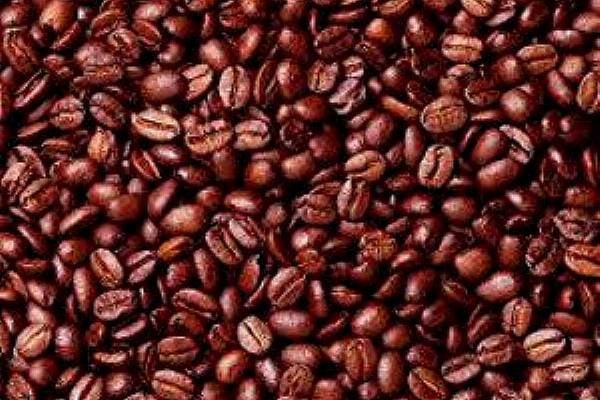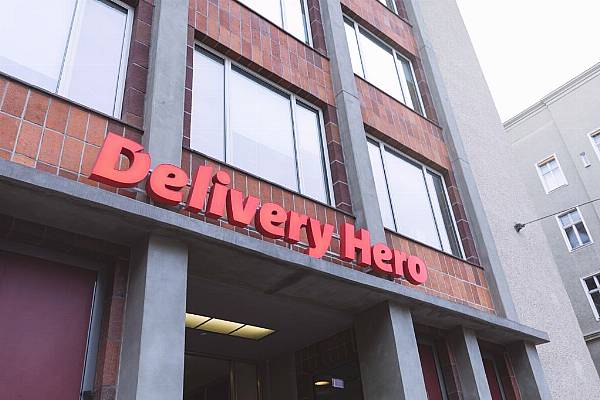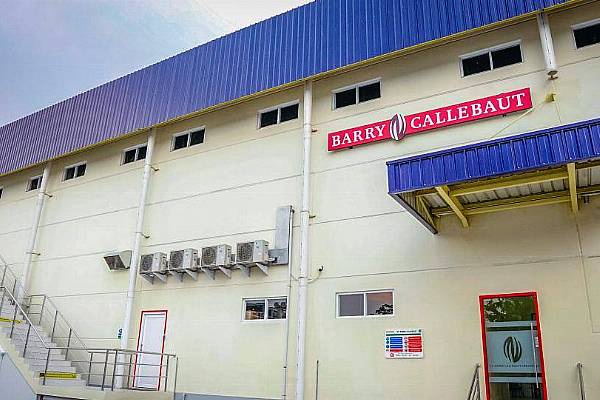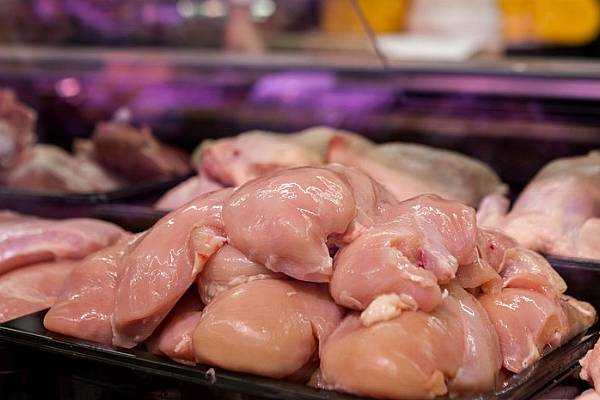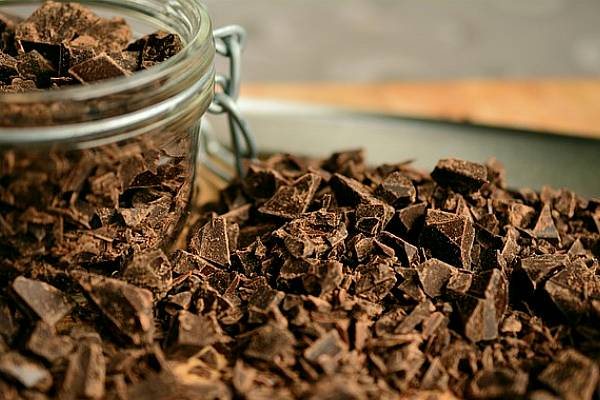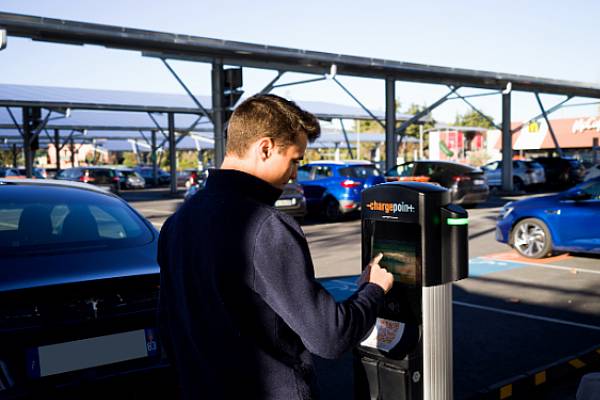A prolonged drought in Brazil has already claimed a substantial amount of the country's coffee crop. Next year could be even worse, as the country heads for the first three-year output decline since 1965.
Production in Brazil, the world’s top grower, may drop as much as 18 per cent to 40.1 million bags when the harvest ends next month, the National Coffee Council estimates, after a 3.1-per-cent slide last year. With damage worsening before the start of spring in the Southern Hemisphere, the council said that farmers may collect less than 40 million bags in 2015, creating the longest slump in three decades.
On 21 August, Citigroup Inc. forecast that a global production deficit may last into 2016 because of the shortfall in Brazil, which accounted for 36 per cent of world supply last year.
Top Commodity
Higher costs for unroasted beans will be less favourable for gross margins in the quarter ending next month, said Frances Rathke, chief financial officer for coffee retailer Keurig Green Mountain Inc. The company boosted retail prices this month, after similar increases this year by Starbucks Corp. and J.M. Smucker.
Brazil is having its worst drought in decades. Reservoirs in the south-east and central-west regions, home to most of the nation’s coffee plantations, are at less than 32 per cent of capacity as of 24 August, compared with an August average of 59.3 per cent over the previous 13 years, according to ONS, the grid operator for Brazil, which gets about 70 per cent of its power from hydro-electric dams.
Dry Spell
Coffee cherries are usually picked from April to September. As of 7 August, 86 per cent of the crop had been collected, according to Porto Alegre, Brazil-based researcher Safras & Mercado. With harvest mostly done, trees need rain to spur blossoms that will produce next year’s crop. Most growing regions will get 35 per cent less rain than normal in September, Sao Paulo-based weather forecaster Somar Meteorologia said.
From 1 January to 19 August, the key growing areas of Mogiana, Cerrado and South Minas Gerais got 450 millimetres of rain, or half of historical averages, said Celso Oliveira, a meteorologist at Somar Meteorologia.
Compounding the damage to this year’s crop were unexpected downpours in July that led to premature flowering on harvested trees. When dry weather returned this month, the blossoms withered and fell, further eroding yield potential for 2015.
“Next year’s harvest appears as if it will be even lower than the current crop,” Tiago Ferreira, head of the coffee department at FCStone do Brasil in Sao Paulo, said in a report last month.
Ample Supply
With the next harvest still eight months away, there’s time for rain to limit yield losses or spur new blossoms on drought-stressed trees.
While reduced output in Brazil is eroding supplies, the world has had four straight years of production surpluses that sent arabica futures in November to a seven-year low. The US Department of Agriculture is forecasting a fifth, with output exceeding demand by 961,000 bags in the 12 months that start 1 October, down from 4.56 million a year earlier. Colombia, the second-largest producer of arabica beans, will produce its biggest crop since 2008, the USDA said.
“There’s still enough coffee around,” said Christian Wolthers, president of Wolthers Douque, an importer in Fort Lauderdale, Florida. “Colombia’s crop is recovering. This doesn’t leave us in the comfort zone, it leaves us in the alert zone.”
Growing Demand
Brazil’s shrinking crop and rising consumption means a global production deficit of as much as 10 million bags in the year that starts 1 October, said the International Coffee Organisation in London. Volcafe Ltd, a unit of commodities trader ED&F Man Holdings Ltd, estimated the deficit at 11.3 million bags. About 58 per cent of world output is arabica, a bean favoured by Starbucks, while the rest is robusta, used in instant coffees and blends.
Inventories also are shrinking, with reserves at the end of 2013 totalling 40.1 million bags, down from 72.9 million a decade earlier, leaving supply “vulnerable”, the ICO said.
Bloomberg News, edited by ESM
